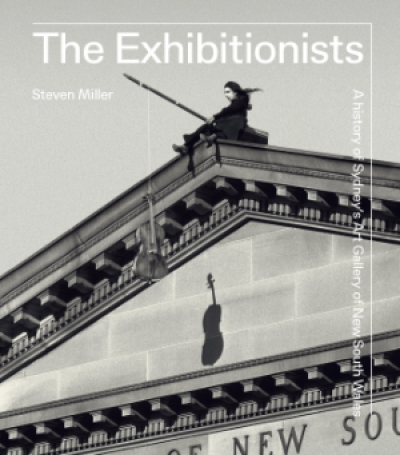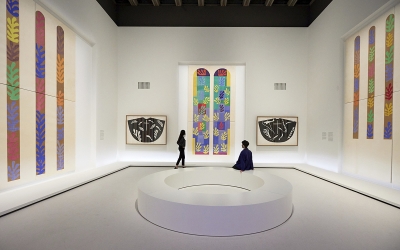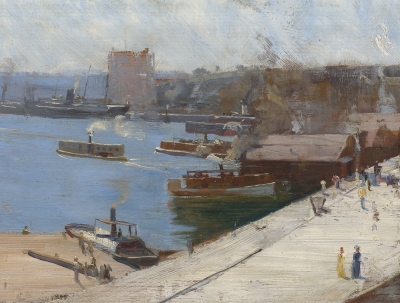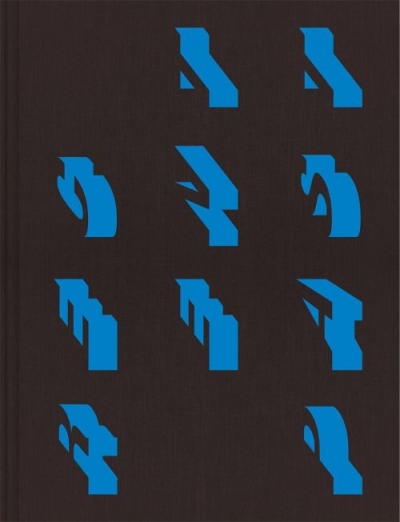Art Gallery of New South Wales
The Exhibitionists: A history of Sydney’s Art Gallery of New South Wales by Steven Miller
This exhibition, alive with colour, is a gift to our grey summer. The Art Gallery of New South Wales (AGNSW) was already crowded at 10.30am on the first Sunday; our umbrellas were bagged, our raincoats cloaked. Matisse: Life and spirit, drawn mainly from the exceptional holdings of the Centre Pompidou in Paris, is the first dedicated Matisse exhibition in Australia for twenty-six years. The Gallery carefully says this is the ‘largest collection of work by Matisse to be seen in Sydney’, but that understates the appeal of this lovely exhibition. It offers an incisive, intelligent, and thorough introduction to Matisse that is essential viewing; its generosity and subtlety will repay multiple visits. (I wish I were a kid again, could see Matisse for the first time.)
... (read more)The purpose of a retrospective exhibition is to reconsider, to come to fresh insights. Streeton, now at the Art Gallery of New South Wales, is the largest exhibition of the painter’s works since his 1931 lifetime retrospective, which was also at AGNSW (the current offering is only twenty works shy of that show’s massive total of 170). It’s a feast, one that enables us to reassess the great man’s art. And like all good retrospectives, it questions older certainties.
... (read more)Rainbows and bad losers
The mood outside the State Library of Victoria on 15 November 2017 was exultant – once the precarious line from Canberra had been restored and the ABS’s expatiatory chief statistician, David Kalisch, finally announced that ...
Victorian Visions: Nineteenth-Century Art from the John Schaeffer Collection by Richard Beresford
Rupert Bunny: Artist in Paris by by Deborah Edwards, with Denise Mimmocchi, David Thomas and Anne Gérard
Bertram Mackennal: The Fifth Balnaves Foundation Sculpture Project by Deborah Edwards
Ten days in Australia in July brought a remarkable round of studio visits plus an exhibition of new Australian painting, Phenomena, at the Art Gallery of New South Wales. Painting has had a hard time of it lately. Michael Wardell, curator of Phenomena, goes further: ‘throughout the twentieth century, painting has been under threat,’ claims the slightly melodramatic opening sentence of his otherwise modest and useful catalogue. The claim became even more of a reach at the AGNSW where, on the floor below Phenomena, you could see the pictures from the Orangerie with superb Cézannes, Picassos, Soutines and Rousseaus. None of them looked particularly threatened to me.
... (read more)






